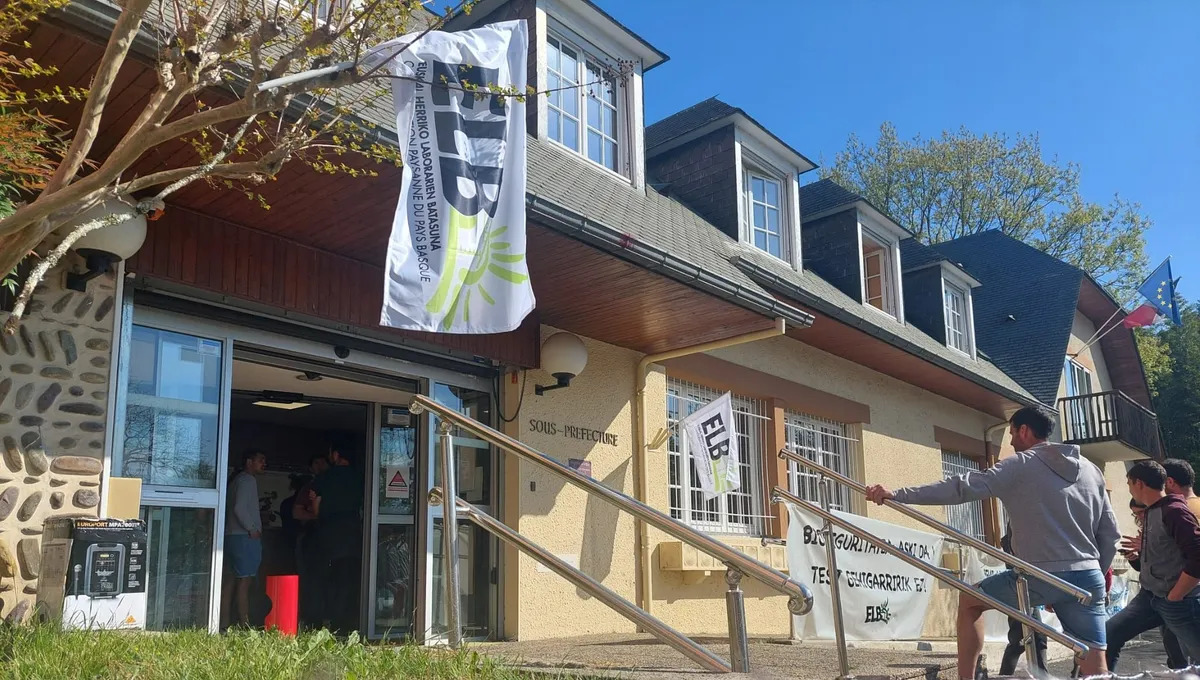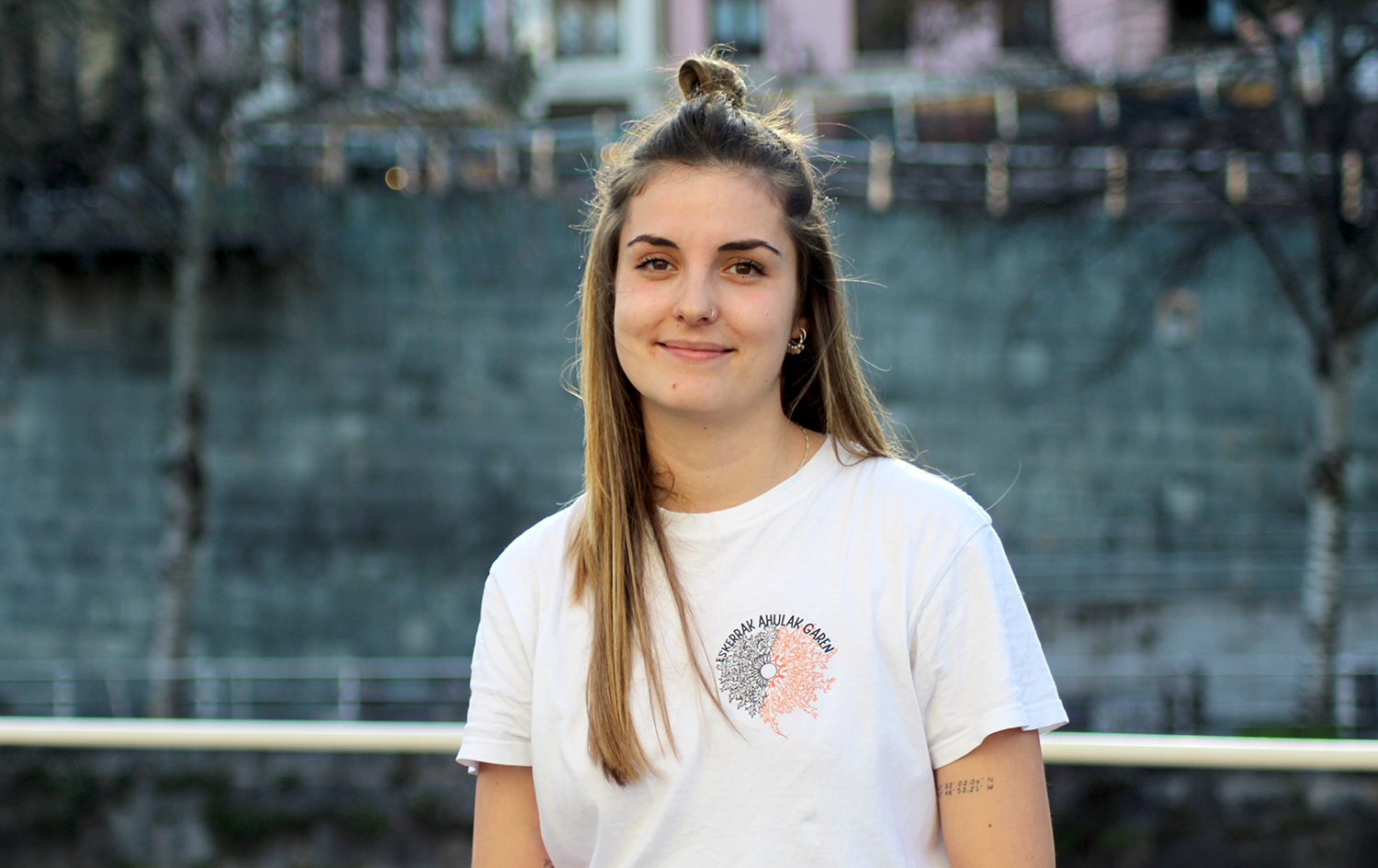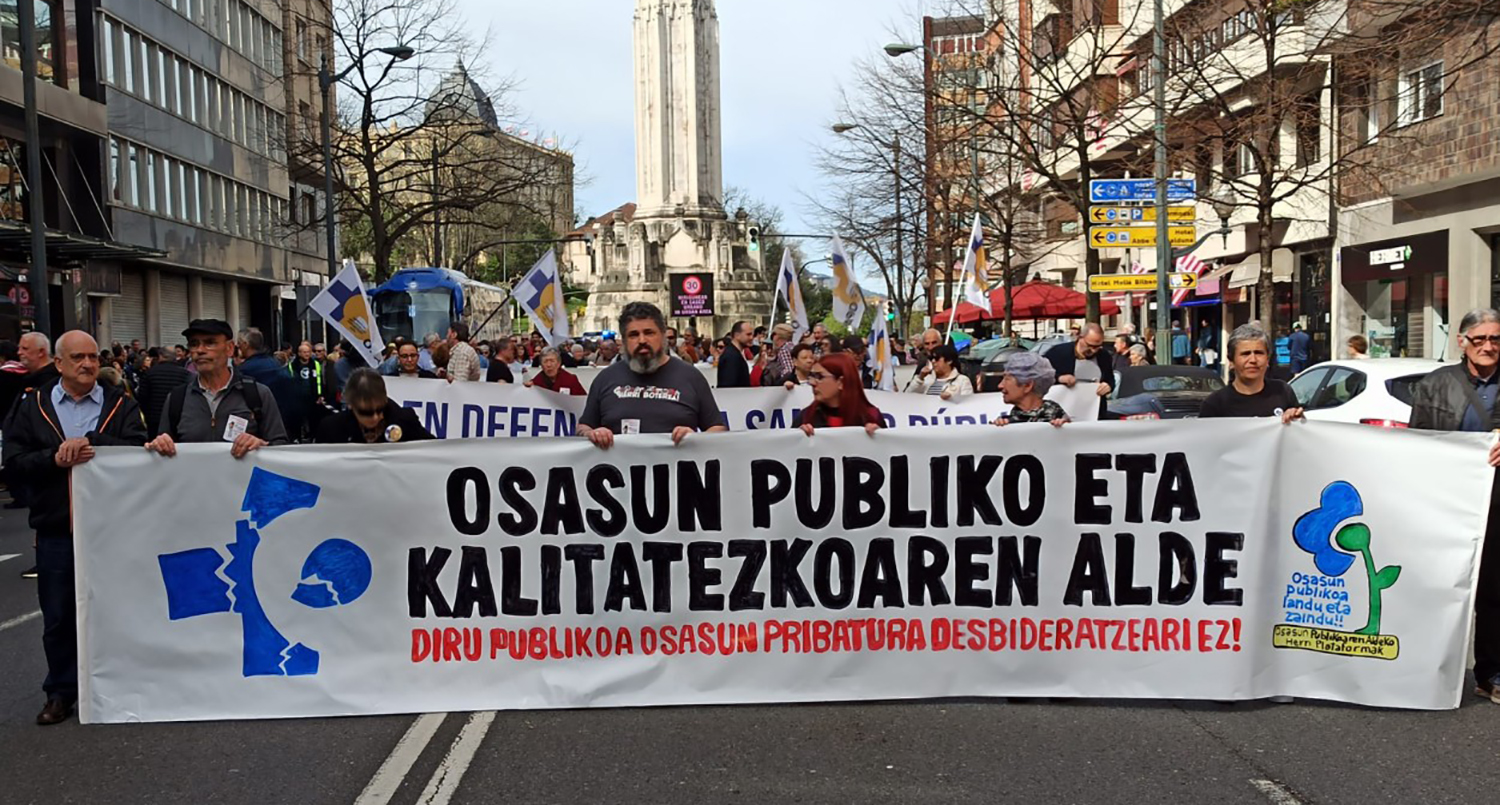Excessive and inadequate drug consumption of opioids
- To combat pain, experts warn that drug use of opioids has increased considerably and their use is frequent and unnecessary. Professionals recommend investing in health resources and multidisciplinary treatments rather than prescribing the pill that can lead to dependence and side effects.

Between 2008 and 2021, opioid consumption in Spain has tripled. “Pharmaceuticals have sold us that pain can disappear to 100%, and that’s false,” the specialists say in the report published by El Salto. Opioid painkillers are intended for very specific pain, severe short-term pain (after an intervention) and terminally ill cancer patients, but are generally misused and in some cases professionals are seeing dependence and disproportionate use.
For example, to combat chronic pain opioids have become widespread. “These drugs were used only in the first palliative treatments, but gradually their use has spread to the care of chronic pain, and as chronic pain is increasingly present, because we live longer and accumulate diseases, they have become another instrument,” says El Salton, emphasizing the importance of balanced consumption.
“Very dangerous” opioid fentanyl
In Spain, medications that combine paracetamol with trambol are the most commonly used and fentanyl is the second most consumed country. The World Health Organization recommends morphine for medium-severe pain, but in Spain fentanyl is used more, “probably by commercial pressure”, according to the article of El Salto. This opioid is a hundred times stronger than morphine and report experts warn that it is very dangerous because of the high degree of attenuating effect and dependence it produces: “Pain Units easily recycle fentanyl, recycle young people with chronic diseases and is very dangerous.”
A recent warning from the European Medicines Agency is that medicines that combine ibuprofen with opioid codeine are consumed in excess and at doses higher than necessary, which can lead to addiction and side effects.
Although we are far from this reality, we must remember that disproportionate drug use is a real epidemic in the United States. More than 100 people die every day from opioid use.
For chronic pain, what?
Experts advocate the multidisciplinary treatment of patients: specialized traumatologists, physiotherapists, psychologists, psychiatrists... and especially a health system that responds quickly and does not wait for people with pain and waiting list. For this, resources are obviously needed, “and it is much cheaper to give the pill to the patient, but people will develop dependency and condemn it to a questionable quality of life. People need to be given tools to learn how to live in pain and take care of them properly to make this pain sustainable.”
The current social model after medicalization
To understand excessive medicalization, we have mentioned the dynamics of the health system and that today citizens live longer and with more diseases. Another factor highlighted by physician Aitor Montes is the current rhythm of life. In order to be able to respond to working conditions, responsibilities, concerns…, we citizens also know that the pill is a faster solution than dealing in depth with the disease, pain or problem we suffer: “We are doctors the last poem of people, but we cannot solve the problem of the model of society.” Often, the panorama of the health system does not help much either: the one who goes to the doctor with an injury, for example, has to rehabilitate himself and go to the physiotherapist, but there is no fission, the rehabilitations and the traumatologists are collapsed, and also many times the patient must continue working, has a solution.
You may not know who Donald Berwick is, or why I mention him in the title of the article. The same is true, it is evident, for most of those who are participating in the current Health Pact. They don’t know what Berwick’s Triple Objective is, much less the Quadruple... [+]
Indartsua, irribarretsua eta oso langilea. Helburu pila bat ditu esku artean, eta ideia bat okurritzen zaionean buru-belarri aritzen da horretan. Horiek dira Ainhoa Jungitu (Urduña, Bizkaia, 1998) deskribatzen duten zenbait ezaugarri. 2023an esklerosi anizkoitza... [+]
Pazienteek Donostiara joan behar dute arreta jasotzeko. Osasun Bidasoa plataforma herritarrak salatu du itxierak “are gehiago hondatuko” duela eskualdeko osasun publikoa.
EAEn BAMEa (famili medikuen formazioa) lau urtetik hiru urtetara jaistea eskatu du Jaurlaritzak. Osakidetzaren "larritasunaren" erantzukizuna Ministerioari bota dio Jaurlaritzako Osasun sailburu Alberto Martinezek: "Ez digute egiten uzten, eta haiek ez dute ezer... [+]
Sare sozialen kontra hitz egitea ondo dago, beno, nire inguruan ondo ikusia bezala dago sare sozialek dakartzaten kalteez eta txarkeriez aritzea; progre gelditzen da bat horrela jardunda, baina gaur alde hitz egin nahi dut. Ez ni optimista digitala nauzuelako, baizik eta sare... [+]
Berrogei urte dira Euskal Herrian autismoaren inguruko lehen azterketak eta zerbitzuak hasi zirela. Urte hauetan asko aldatu da autismoaz dakiguna. Uste baino heterogeneoagoa da. Uste baino ohikoagoa. Normalagoa.
Itxaron zerrendak gutxitzeko Osasunbideak hartutako estrategiak gaitzetsi ditu Plataformak



















